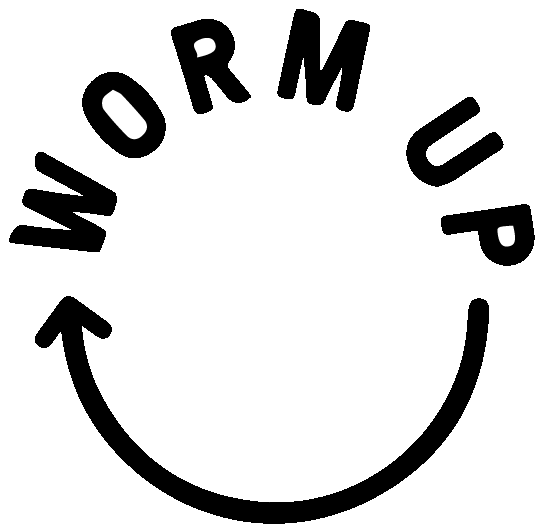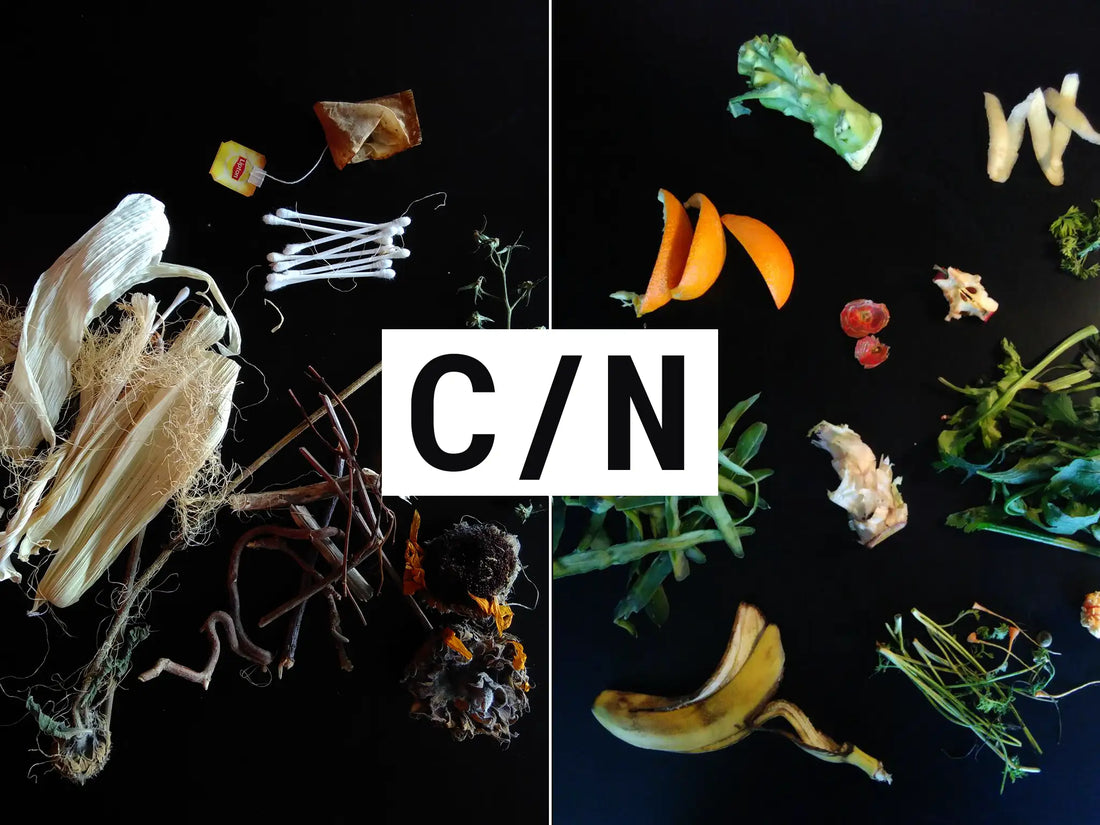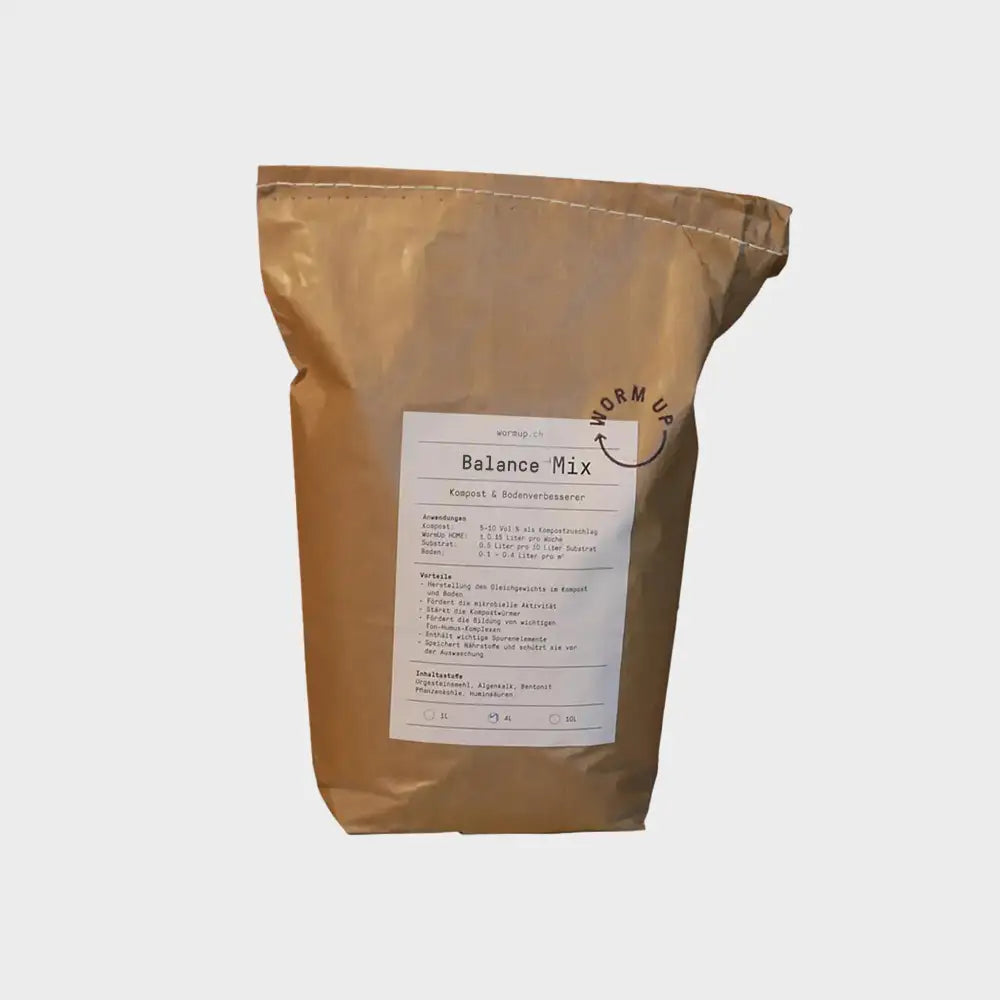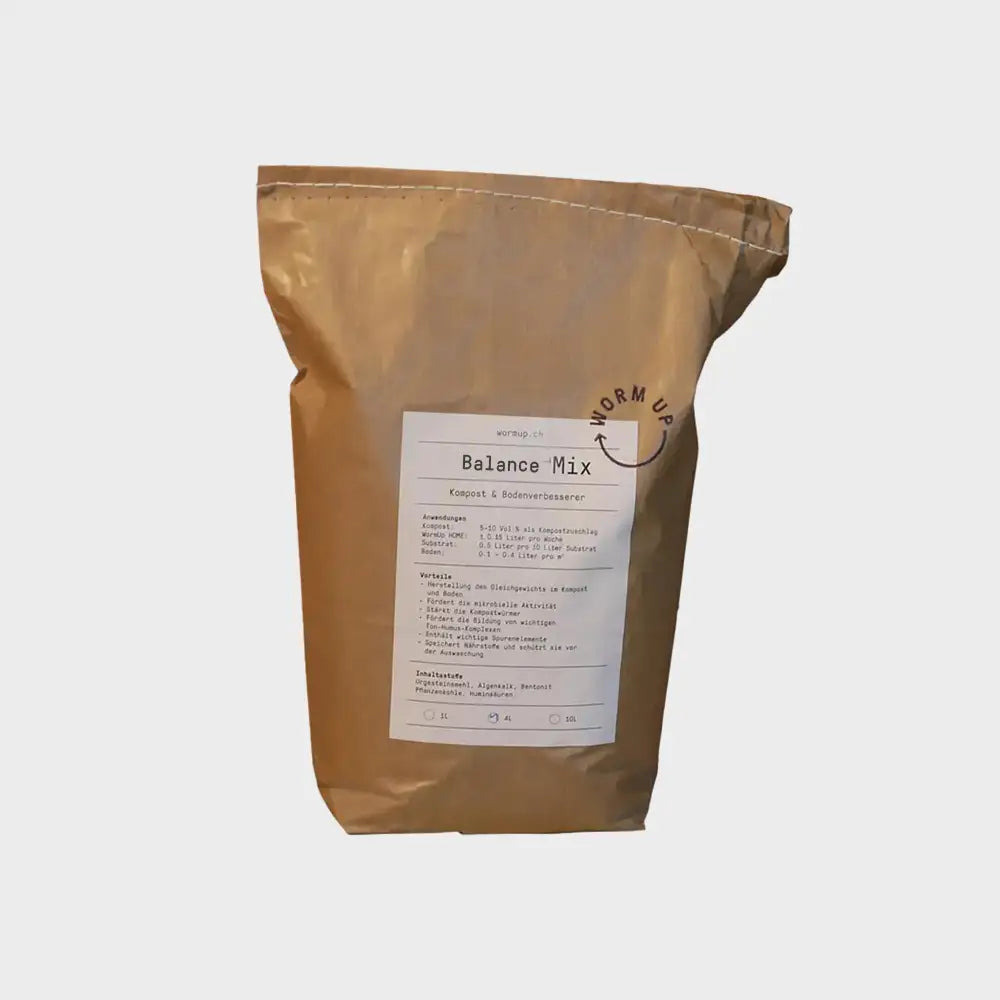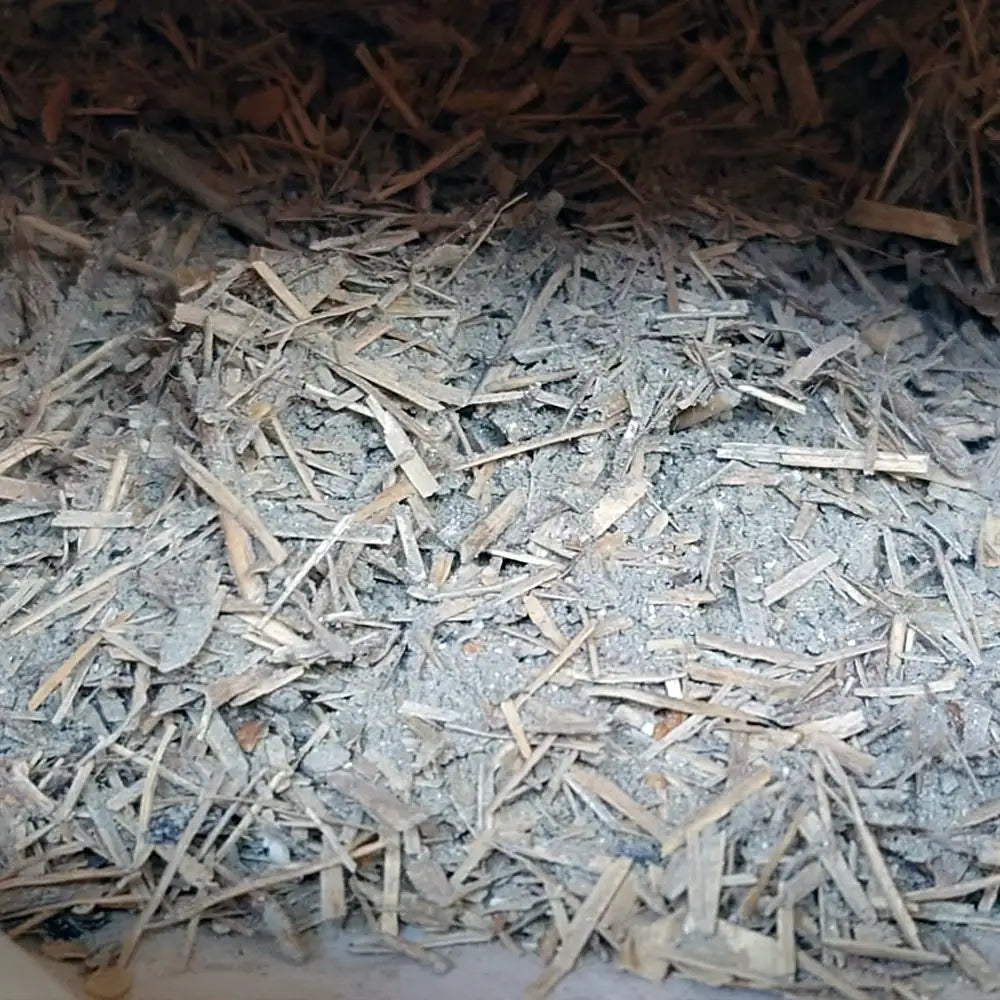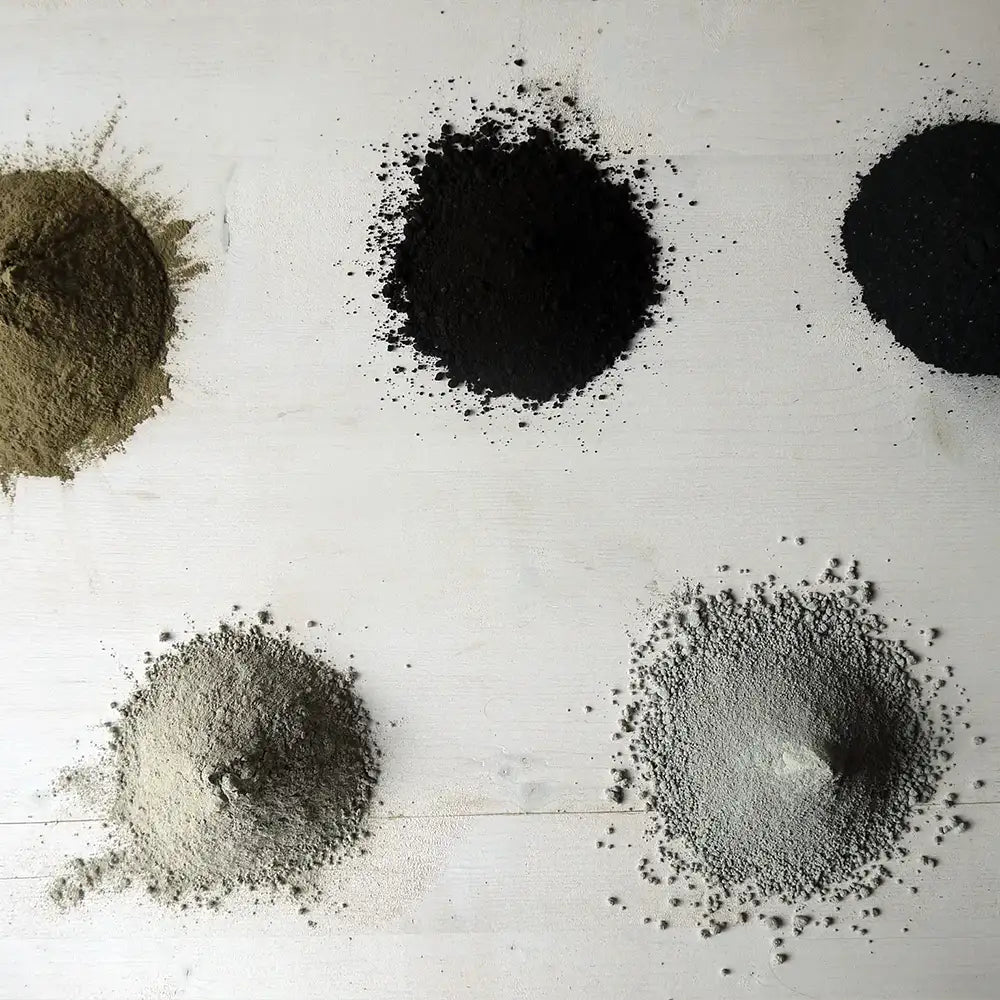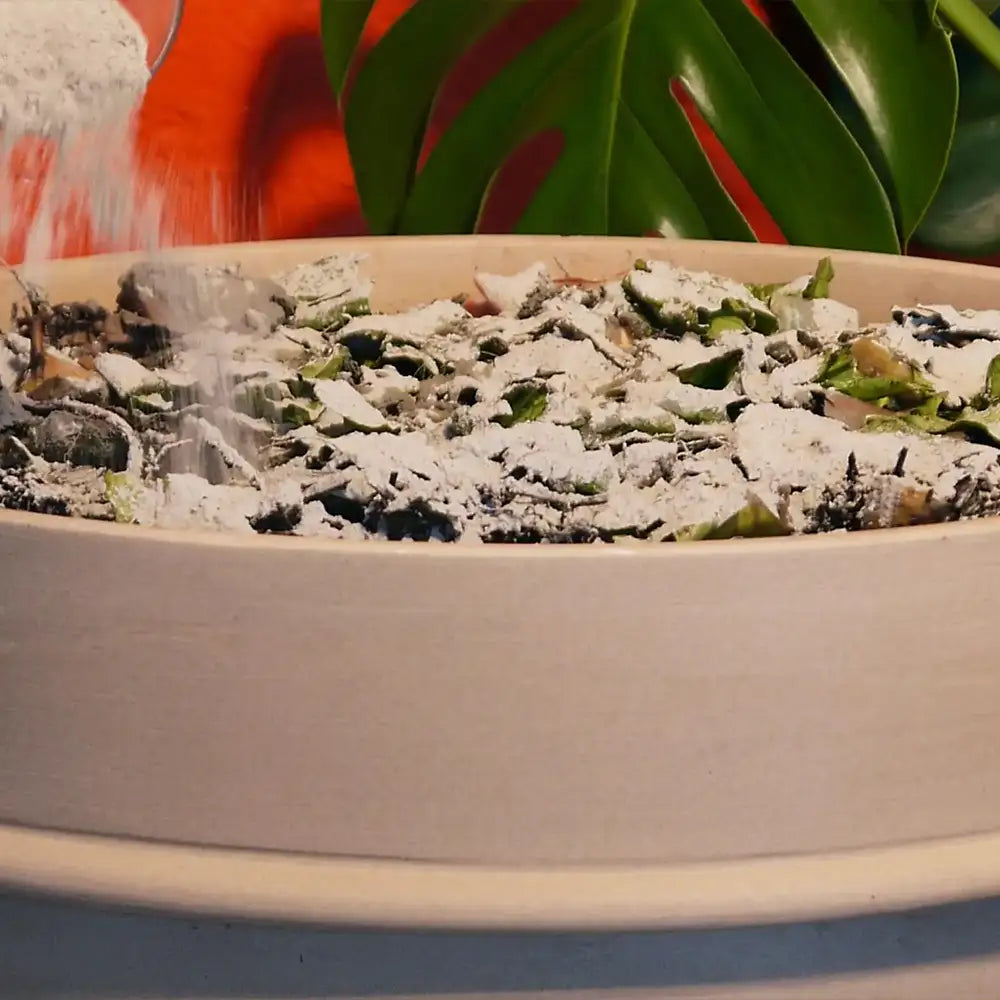In composting, whether it's traditional hot composting or worm composting, the ratio of carbon (chemical symbol "C") to nitrogen (chemical symbol "N"), known as the C/N ratio, plays a crucial role. This physical and biochemical factor is key to a stable and efficient composting process.
Rules of Thumb for the Appropriate C/N Ratio
As a rule of thumb: For every kilogram of kitchen waste, which is rich in nitrogen ("N"), about 300 g of woody, dry waste, which contains a lot of carbon ("C"), should be added. This roughly equals the same volume, as woody material has a lower density. Another helpful rule of thumb: When you mix dry, woody material with fresh, moist waste and ensure that the mixture is well moistened but not dripping wet, you generally achieve the right C/N ratio.

Left: Nitrogen-poor material | Middle: Nitrogen-rich material | Right: The ideal mix - Perfect worm food
The Right C/N Ratio in Worm Composting
The mix of "brown" and "green material" for an optimal C/N ratio in worm composting Structural material or litter (also known as "brown material") includes materials with a high carbon content. These include cardboard, paper, straw, sawdust, wood chips, stems, panicles, roots, and the like. These materials are usually dry and brittle. They decompose slowly in the compost but produce comparatively more humus. They also contribute to aeration, giving the mature compost a pleasant moisture and structure without being soggy and wet. In the WormUp HOME, we recommend only using stems that can be cut with ordinary scissors and chopping the material into finger-length pieces.
In contrast, nitrogen or nutrient-rich materials (also known as "green material") consist of materials with a high nitrogen content, such as vegetable and fruit scraps, lawn clippings, manure, and the like. These materials start to smell unpleasant shortly after being composted or if left lying around. We know this smell all too well from the compost bin in the kitchen. An excess of nitrogen-rich materials in the compost can lead to harmful gases that are problematic for both worms and the climate, such as ammonia or nitrous oxide.
The C/N Ratio in Theory
The C/N ratio describes the availability of nitrogen in the soil or compost. The optimal C/N ratio for an efficient composting process is between 25-30:1. During the composting process, the C/N ratio decreases over time. Mature compost, whether produced by worm composting or hot composting, exhibits a balanced and lower C/N ratio, typically 10-20:1. A lower ratio indicates that the compost is well decomposed and stabilized.
Differences Between Worm Composting and Hot Composting
Microorganisms feed on carbon and break it down. Since microbes consist largely of nitrogen, they need nitrogen for their growth. If a lot of nitrogen is available, microbes multiply very quickly, leading to heat generation. In hot composting, this is desired to a certain extent to kill pathogens and accelerate the decomposition process. However, if there is too much nitrogen present or the compost is not turned in time, the compost can become too hot, killing not only harmful but also beneficial microorganisms. In extreme cases, the biological process can turn into a chemical combustion process, and the compost pile can actually start burning. A well-turned hot compost pile will also result in mature compost with a lower C/N ratio.
Worm composting is a process without heat generation. Regular and layered addition of waste does not produce significant heat as in hot composting. While hot composting requires significantly more technology and effort to produce high-quality compost, the process in worm composting is much simpler – worms provide aeration and mixing of the materials without human intervention. However, the C/N ratio is also crucial for an efficient composting process here.
Another difference is that the C/N ratio of mature worm compost is usually lower than that of hot composting. The activity of the worms helps to efficiently decompose the material. This leads to mature compost with a lower C/N ratio. With a lower C/N ratio, the nutrients contained in the compost are more readily available to plants, making it an excellent fertilizer.
